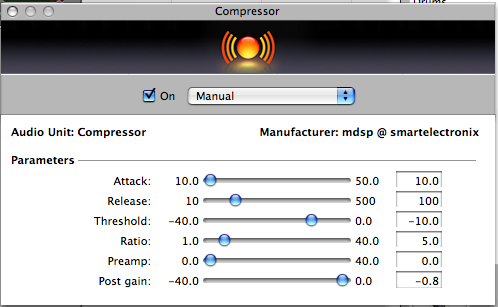A Review of the Shure 55 SH Series II Dynamic Microphone
Direct link to the mp3.
A Review of the Shure 55 SH Series II Dynamic Microphone.
This mic is afforable and specifically tailored to make the human voice sound good.
It's an XLR mic that retails for about $150 US. I used it with a Mackie mixer and the Edirol UA1EX usb audio inteface.
I do an A/B test with the Blue Snowball usb mic. to compare and find I like the 55 SSH a little better. I even try to (unsuccessfully) eq the Blue Snowball to make it sound like 55 SH.
Articles on Mics:
Equipment to fit your budget and goals!
(Paul Figgiani, creator of The Point podcast, and audio engineer at IT conversations)
Download the presentation(.pdf).
Download the podcast.
(Length: 40:17; Size: 245MB)
The Transom Mic Shootout: Blindfold Test
http://www.transom.org/tools/recording_interviewing/200508.mic_shootout.html
A Review of the Shure 55 SH Series II Dynamic Microphone.
This mic is afforable and specifically tailored to make the human voice sound good.
It's an XLR mic that retails for about $150 US. I used it with a Mackie mixer and the Edirol UA1EX usb audio inteface.
I do an A/B test with the Blue Snowball usb mic. to compare and find I like the 55 SSH a little better. I even try to (unsuccessfully) eq the Blue Snowball to make it sound like 55 SH.
Articles on Mics:
Equipment to fit your budget and goals!
(Paul Figgiani, creator of The Point podcast, and audio engineer at IT conversations)
Download the presentation(.pdf).
Download the podcast.
(Length: 40:17; Size: 245MB)
The Transom Mic Shootout: Blindfold Test
http://www.transom.org/tools/recording_interviewing/200508.mic_shootout.html
